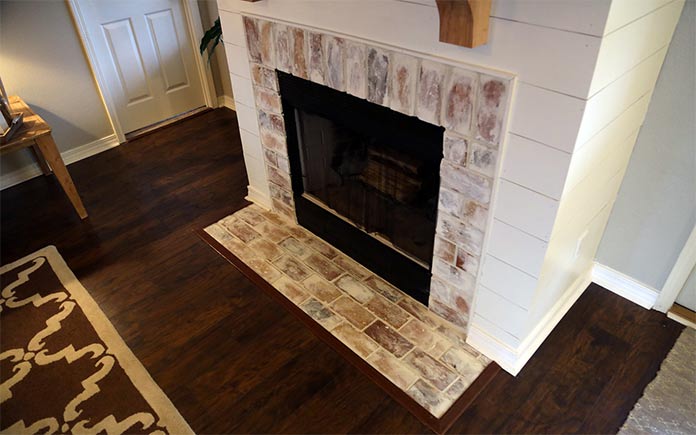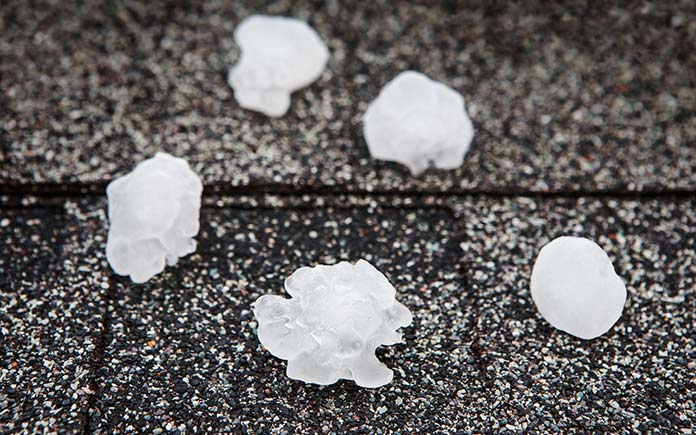If you’re uncomfortable in your home and changing the thermostat doesn’t help, it may be due to these five sources of air leaks.

1. The Fireplace
During cold weather, you open the fireplace flue so smoke and carbon dioxide can escape through the chimney. But it’s easy to forget to close the flue during warm weather.
And if the flue is open, air will quickly leak from the home and your energy bill will have a significant spike.
If you have a traditional throat damper, poke your head inside the fireplace — assuming it hasn’t been used for months and it’s safe to do so! — and shine a flashlight on the damper. If there’s a barrier, the flue is closed. If you can see into the flue, it’s open.
Alternatively, if you have a top-mount damper, grab some binoculars, head outside and focus on the chimney to verify that the vents are closed.
In either case, if the flue is open, close it immediately to make your home energy efficient.

2. The Roof
The roof’s condition has a major impact on your comfort — after all, it’s the closest thing to the sun, and it takes the biggest beating from rain, snow, limbs and leaves.
It’s important to routinely check the roof for damage, both from the outside and inside.
First, carefully climb a ladder and walk on the roof to check for curling, cupping or cracked shingles, and make repairs or replacements as needed.
Then, visit the attic and examine the roof. If you see sunlight, that’s not the only thing that can enter the home. So can air, rain, snow, leaves and debris.
You can patch some bad spots, but widespread roof problems can lead to structural damage. And remember: Roofs don’t last forever — an asphalt shingle roof may last 20 to 30 years. If yours is much older than that, it’s probably time to replace it.
Metal roofing is an increasingly popular alternative to asphalt. It comes in different styles and colors to match just about any home’s architecture, and in many cases, installers can lay it right on top of asphalt.



